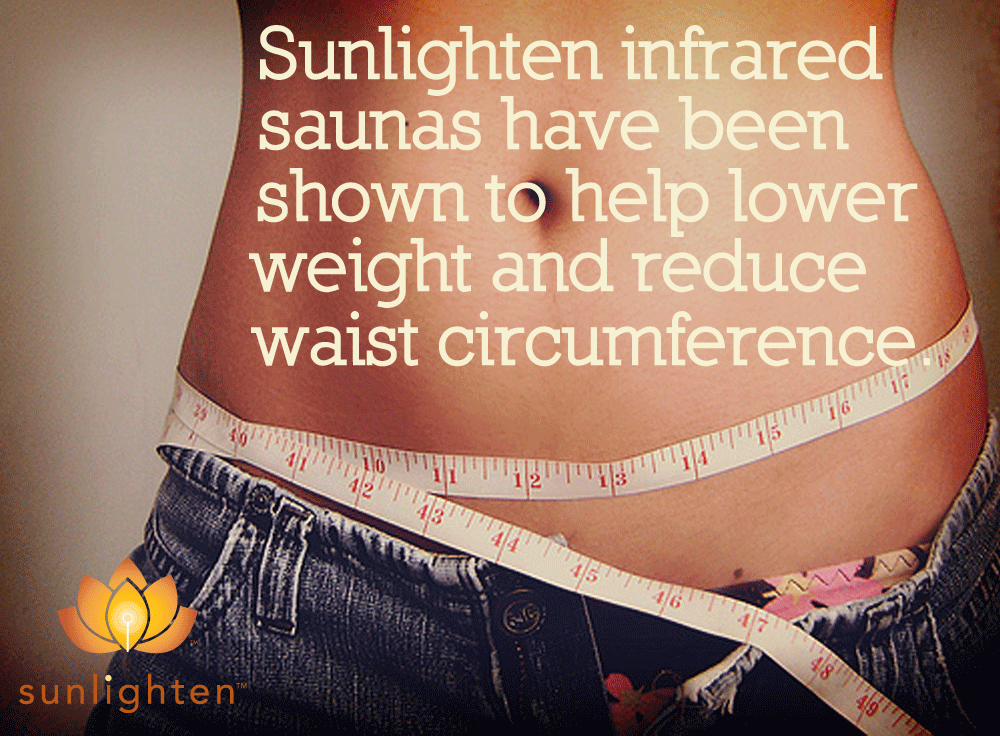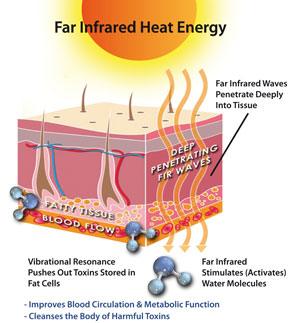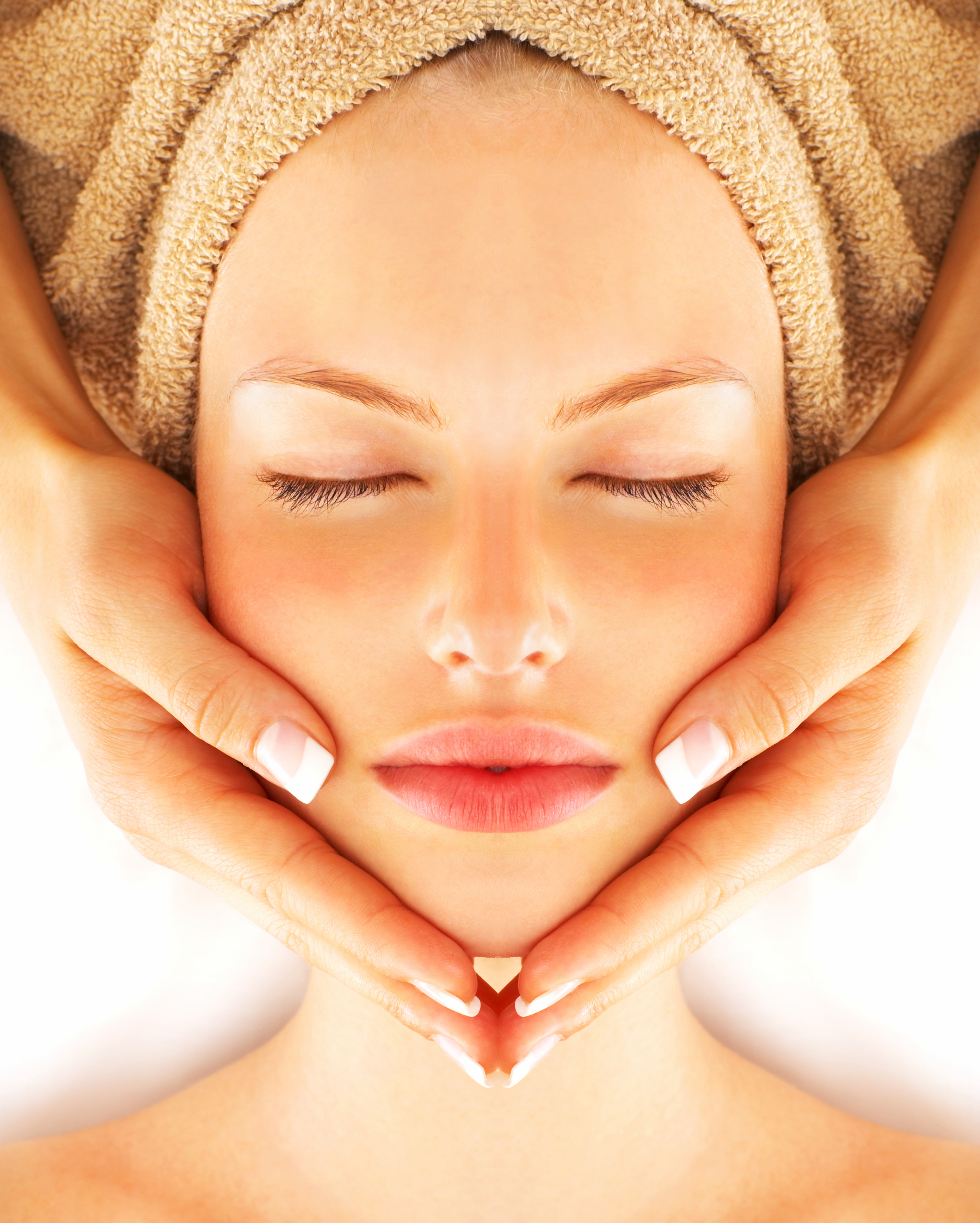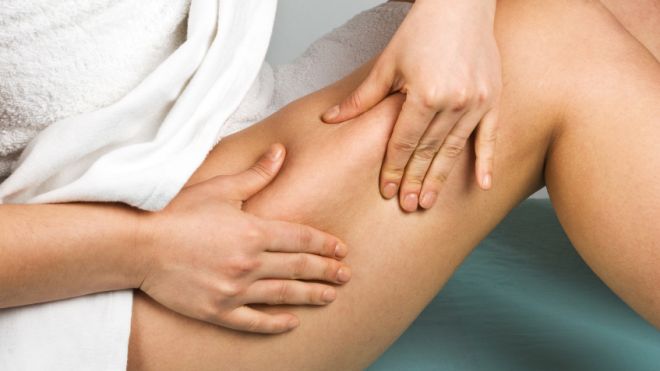Hola Chica!
As naturalista’s, we often already play the role of our own health detectives out of the love for truth.
Have you ever had a trigger response from a food you’ve eaten? I know that when I eat gluten, or too much of one food type over time - I feel it! It may be a pleasure reward in the moment, but boy do I pay for it later.
Sometimes we have no idea where a ‘reaction’ comes from, nor does it always show up in your gut. Other common reactions can be foggy brain, insomnia and commonly - our skin.
There are common foods that cause allergies such as egg and dairy, but one heavy hitter the health industry is starting to recognize more than others are NIGHTSHADES and the active agitator within it called “Lectin.”
Later, I’ll help us connect the dots to how nightshades potentially affect our skin, but today’s dialog is breaking down the basics of new nutritional science I deem highly valuable to know for yourself, or someone you know.
Nightshades are a family of plants known as Solanaceae. The family includes some pretty popular veggies like:
Potatoes
Tomatoes
Eggplant
Peppers (including bell, cayenne pepper, and paprika)
WHY NUTRITIONISTS SUGGEST AVOIDING NIGHTSHADES
Many health experts believe you should avoid the nightshade family altogether. Why? There are a couple of reasons.
I’ve already mentioned an alkaloid called solanine. But nightshades also contain the alkaloids capsaicin and nicotine (yes, nicotine — tobacco is part of the nightshade family, after all). And all of these alkaloids may have irritating effects on the body.
Solanine has been linked to aggravated joint pain and inflammation. Though no scientific studies currently support this finding, The Arthritis Foundation reports that many patients do find this to be the case.
Nicotine is found in tobacco plants (also a nightshade family member) as well as these common nightshade vegetables. Amounts of nicotine in the veggies can range from 2-7 microgram/kg (a cigarette averages about 12 milligrams) but decrease with the fading of “green” coloring. So when a tomato ripens it does decrease in nicotine.
The bottom line with alkaloids is: Though they may not affect everyone, some people are very sensitive to them because they can’t digest them properly.
According to Dr. Gundry, lectins are toxic proteins found in certain plants.
Lectins are part of a plant’s natural defense system. The problem with lectins is:
They can bind to cells on your gut wall
Damage the gut
Preventing you from properly absorbing nutrients.
Lectins are found in their highest concentrations in legumes, grains, and — you guessed it — nightshades.
Research has begun to show that – though some people are more sensitive to lectins than others – lectins are:
Toxic, inflammatory, or both
Resistant to your digestive enzymes
Able to cause major discomfort if consumed in high concentration
BEWARE! LECTIN CONTENT IS MOST POTENT IN THE PEELS AND SEEDS
If you suffer from a leaky gut, an irritable bowel, or any other gastrointestinal sensitivity you should definitely think about cutting lectin-rich nightshades from your diet to see if you notice any difference.
THE SIGNS & SYMPTOMS OF A NIGHTSHADE SENSITIVITY
Nightshade sensitivity can be very similar to a host of other conditions but generally appear as:
Diarrhea
Heartburn / Reflux
Nausea
Irritable Bowel
Joint Pain and/or swelling
TUBERS
Funny word, I know. Tubers include sweet potatoes, yucca, and taro root. The sweet potato is particularly wonderful with health-promoting antioxidants like β‐carotene and anthocyanins — both of which have been shown to protect against certain health issues.
LEAFY GREENS
The following leafy greens are incredibly high in nutrients (like vitamins A, C, E, and K).
Romaine
Red & green leaf lettuce
Kohlrabi
Mesclun
Spinach
Endive
Butter lettuce
Parsley
Fennel
Seaweed/sea vegetables
CRUCIFEROUS VEGGIES
Like leafy greens, cruciferous veggies like the ones below are also high in important carotenoid-antioxidants (like beta-carotene, lutein, and zeaxanthin) as well as vitamins C, E, and K; folate; and fiber.
Broccoli
Cauliflower
Brussels sprouts
Arugula
Kale
Cabbage
Collard greens
Bok choy
AVOCADO
Hello chipotle or avocado toast (minus the gluten for me). Avocado is actually a fruit, but because it’s a first-class choice when it comes to gut-friendly veggies.
Avocados are full of healthy monounsaturated fats and soluble fiber. As well as plenty of vitamins, minerals, and antioxidants. Research has even found the avocado may also lower “bad” LDL cholesterol which is a huge contributor to cardiovascular diseases.
How to Test for Nightshade Sensitivity
The best way to test for a nightshade sensitivity is to go through an elimination diet. You’ll want to remove all nightshades from your diet (including culinary spices such as red pepper flakes, chili powder, and curry powder) and see if your symptoms resolve. If you do not experience any GI issues, fatigue, or joint pain after successfully removing nightshades from your diet, then you probably have a nightshade sensitivity.
So does that mean you can never eat salsa again? Not at all! The next phase of the elimination diet is the reintroduction phase. One at a time, you will begin to reintroduce each food you removed to test how your body reacts to it.
I suggest waiting two weeks before re-adding. Some people have only a very minor intolerance to nightshades, which means you may be able to tolerate some foods in the nightshade family depending on the amount of glycoalkaloids they contain
That’s it! Whether you sense a sensitivity, brain fog, digestive issues - or not, removing nightshades may be an interesting exploration.
Next I’ll dial in on how nightshades may be causing skin issues of all kinds.
I have to acknowledge just how frustrating it is to figure out triggers that confuse our inner health and outer skin issues.
Though nightshades can be an issue for people with chronic inflammatory conditions, the reason it affects skin isn’t so clear cut.
I’ll cover that in my next dialog with you.
Thanks for informing yourself, beaute! Questions? Contact me at hello@evoqbeauty.com.
Love n’ Light,
Kassandra












